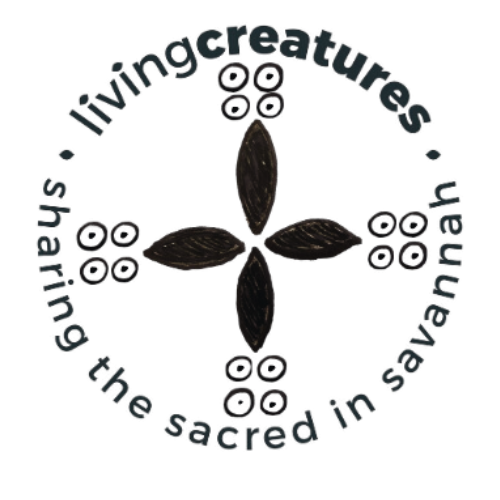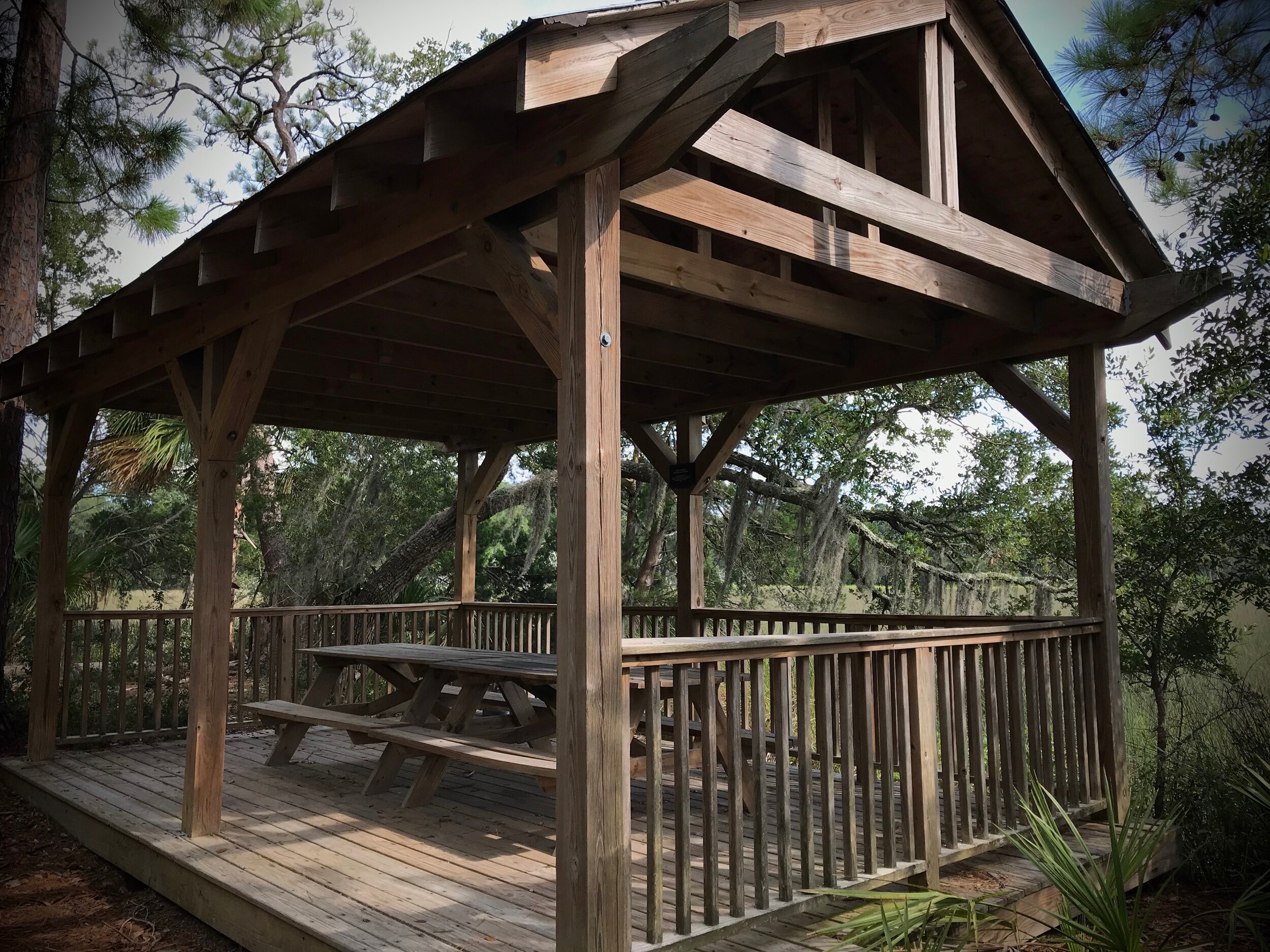To be alive is to be broken; to be broken is to stand in need of grace.
—Brennan Manning, The Ragamuffin Gospel
I heard the snap as the wafer broke during communion last Sunday. Normally I’m many rows back and distracted at this point in the service—by someone’s new haircut, or getting up to use the bathroom—but for a few reasons I’ve been sitting up front lately. And this week, I literally heard the crack as the element was torn in two. It’s an act that’s been performed thousands of times before, in thousands of places on the planet, yet the sound was immaculately fresh this day.
And he took bread, and when he had given thanks, he broke it and gave it to them, saying,
“This is my body, which is given for you. Do this in remembrance of me.”
Luke 22:19
A few mornings removed, I’m still pondering the sounds of Communion and the severity of Jesus’ giving. His body broken, horribly, for the whole world. Mine is being broken by a process more ordinary. Gazing down at chipped toenail polish, amber hardwoods beneath beckon to my attention. Grains in the heart pine swerve expressively, some dull, some dramatic, as if to form a narrative—etchings of proof that life has been lived on this ground. The longer I stare, the more stories I begin to see, the more scuffs and indentations documenting a weight of humanity: curiosity and grief, fatigue and wisdom, justice and romance, despair and growth. The lines in the wood seem to mimic marks on my skin—stretch marks—etchings of proof that life has been lived on this ground; this ordinary, holy ground.
Blissful though matrimony is in many senses, it’s interrupted my relationship with God—someone else is in our space. Having babies has interrupted it all the more—someone else was in my body—then integrated into what feels like every crevice of my daytime and nighttime being. At times I’ve felt trapped, launched into a deep end of sorts and unsure where the sidewall is, let alone how to swim there. Speckled across the same canvas as some of life’s most blissful moments are unexpected hues of disillusion and resentment, boredom and a lost sense of purpose. Learning to find beauty in this mix has become a daily plea; learning to find meaning in it has become a desperate one.
Is there meaning in these early years of marriage and motherhood? I’ve wondered this often in recent years. While chopping an onion, or staring at a stained pile of whites, I’ve wondered if maybe “Image-bearer of God” was a title haphazardly acquired back when my days were doing something important. Monotonies of wiping and bathing and wiping again don’t seem to carry quite the same dignity. Am I worth loving if I’ve done nothing worth posting today? It sounds ludicrous, but we wake to an insane pressure to edit and filter and share images of our day until they seem worthy of liking—until we seem worthy of liking maybe.
“Hope is one of our duties,” Wendell Berry says. “A part of our obligation to our own being and to our descendants is to study our life and our condition, searching always for the authentic underpinnings of hope. And if we look, these underpinnings can still be found.” I believe this. I see hope in many hours of the day. But I also hear whispers of despair, seductions toward where I should be at this point in my life. Maybe Henri Nouwen was right in saying that “Joy is hidden in sorrow and sorrow in joy. If we try to avoid sorrow at all costs, we may never taste joy, and if we are suspicious of ecstasy, agony can never reach us either. Joy and sorrow are the parents of our spiritual growth.” Maybe I’m just not there yet.
A friend poured sugar in her coffee last night as she spoke the painful words of her life not being where she’d envisioned. “I feel childish and stupid with my longings,” she lamented. It seemed obvious to note that her longings resembled those of a child, and to encourage her to stay there, in that prerequisite-for-heaven place. It seemed obvious to recall God’s adoration for children, and the “years of child” (Mt. 18:3) in this friend—the four-year-old, the seven-year-old, the nine-year-old—and the invitation to pray from these places. It seemed obvious to remind her, “For he satisfies the longing soul, and the hungry soul he fills with good things.” (Ps. 107:9) I wish the scrutinizing gal in my mirror had such obvious observations, but instead she curses and coerces and plucks disapprovingly. Apparently it’s easier to see truth making its way through another than to notice the truth in ourselves.
…even to your old age I am he,
and to gray hairs I will carry you.
I have made, and I will bear;
I will carry and will save.
Isaiah 46:48
For we know that the whole creation groans and suffers the pains of childbirth together until now. And not only this, but also we ourselves, having the first fruits of the Spirit, even we ourselves groan within ourselves, waiting eagerly for our adoption as sons, the redemption of our body. For in hope we have been saved, but hope that is seen is not hope; for who hopes for what he already sees? But if we hope for what we do not see, with perseverance we wait eagerly for it.
—Romans 8:22–25
Abbie (Smith) Sprünger is the author of multiple books, including her latest (and debut) children’s title: What Is Beautiful? (Parent Cue, 2020). Abbie resides with her husband, kids, chickens and dog at Wesley Gardens Retreat in Savannah. See glimpses at @wesleygardenslife.
References:
Brennan Manning. “The Ragamuffin Gospel” (Sisters, OR: Multnomah Publishers, 2000), 86.
Berry, Wendell. “The Art of the Commonplace”. In The Agrarian Essays of Wendell Berry, edited by Norman Wirzba, 321-338 (Berkeley, CA: Counterpoint Press, 2003).
Henri J. M. Nouwen. “Bread for the Journey: A Daybook of Wisdom and Faith.” In Our Spiritual Parents, January 2 (New York City, NY: HarperOne, 2006).















